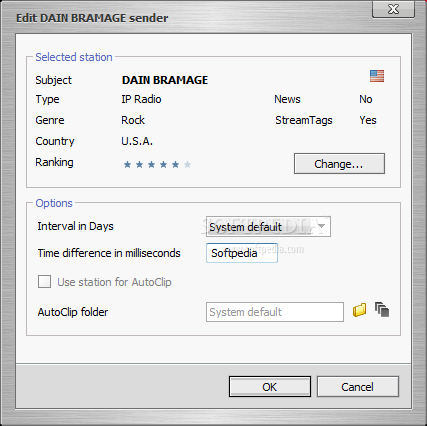

Again, the number 1000 appears as a far to high value, hardly possible to get handled. Only if you add more clips as the set number - in your case 1000 - the oldest clips get automatically removed. You can see them, if you open from the menu the command to edit the history. The limit is set with the value "Items in history". Select a lower value, which makes sense.Īctually clipit collects more clips, than the number of those, which shall get displayed in the menu. At least in theory, as 100 items will near to sure not fit on your display. Let us know your favourite clipboard management tool in the comments section below.If you have enough clips collected, in the menu (from clicking the clipit tray icon) does show the newest ones, as you set with the value "Items in menu". Installing a clipboard manager is one great way to enhance productivity on Linux, especially if you work with a lot of text. The history preferences allows you to customise the number of copied items in the history and menu, and each can contain several thousands of items.Īnother key feature of ClipIt is the ability to exclude certain items you do not want saved in the history for reuse such as passwords or URLs, which is great for shared computers so you don't expose any sensitive information.

You can synchronize your clipboard if you check the "Use Primary Selection" checkbox or disable the "Ctrl + C" copy command. ClipItĬlipIt is yet another clipboard management tool which was built on top of Parcellite, so it sports a similar look and feel but offers more functionality. If you're looking for the simplest option available, look no further than Parcellite. If you right-click on the icon, you can edit the history size, hotkeys and more via the preferances window. Upon installation, it adds its icon to the system tray where you can access the clipboard history or edit entry content before pasting. Parcellite is a very lightweight clipboard manager with only the most basic features.

What I like best about GPaste is that you can create several history categories for storing similar items, such as URLs or email addresses. GPaste allows you to control your history size and memory usage and also offers several keyboard shortcuts for quick access. A native GNOME Shell extension is provided along with the main package, so you can easily access the clipboard from the topbar.

GPaste is an excellent clipboard tool made for Gnome 3-based desktop environments (such as Ubuntu GNOME). In addition to the fundamental features, CopyQ offers a lot of advanced functions for power users such as clipboard filters, vim-like editing, content organisation (text, HTML, images), custom tabs, customisable keyboad shortcuts and more. CopyQĬopyQ is a cross-platform clipboard manager for Linux, OS X and Windows, so if you switch operating systems often (such as in a dual-boot scenario), it may be the best option for you if you want a unified experience across each OS. It provides all the essential features of a clipboard manager such as image support, clipboard history (up to 100 items), keyboard shortcuts and a neat indicator applet on the system tray where you can see your clipboard history and copy items to be pasted into other applications. Diodon is a decent Clipboard Manager specially designed for GTK/GNOME-based desktops.


 0 kommentar(er)
0 kommentar(er)
